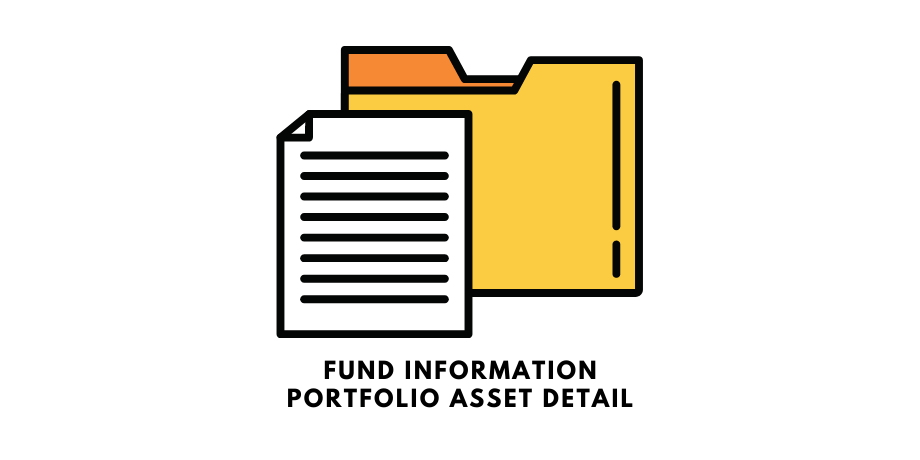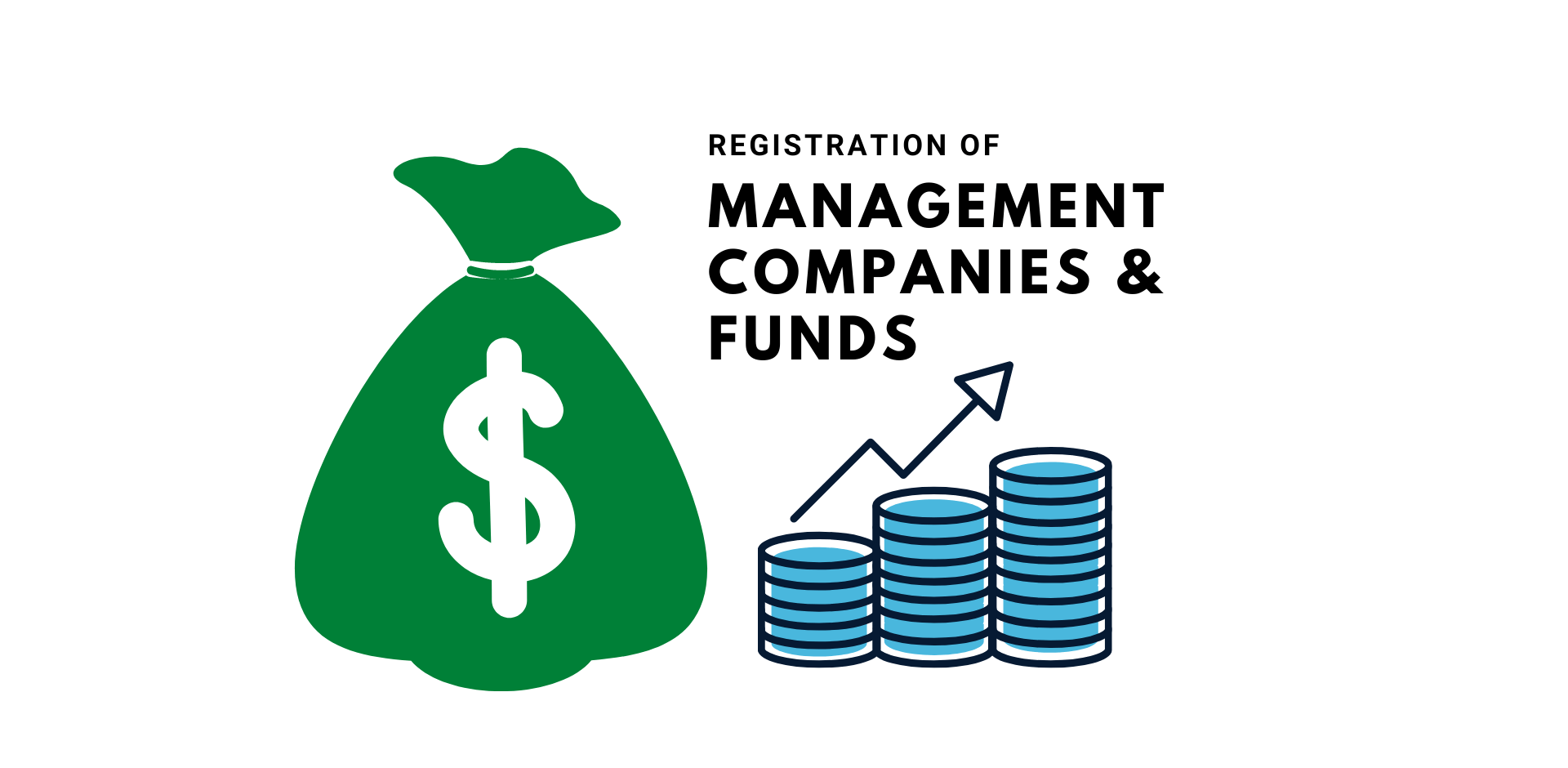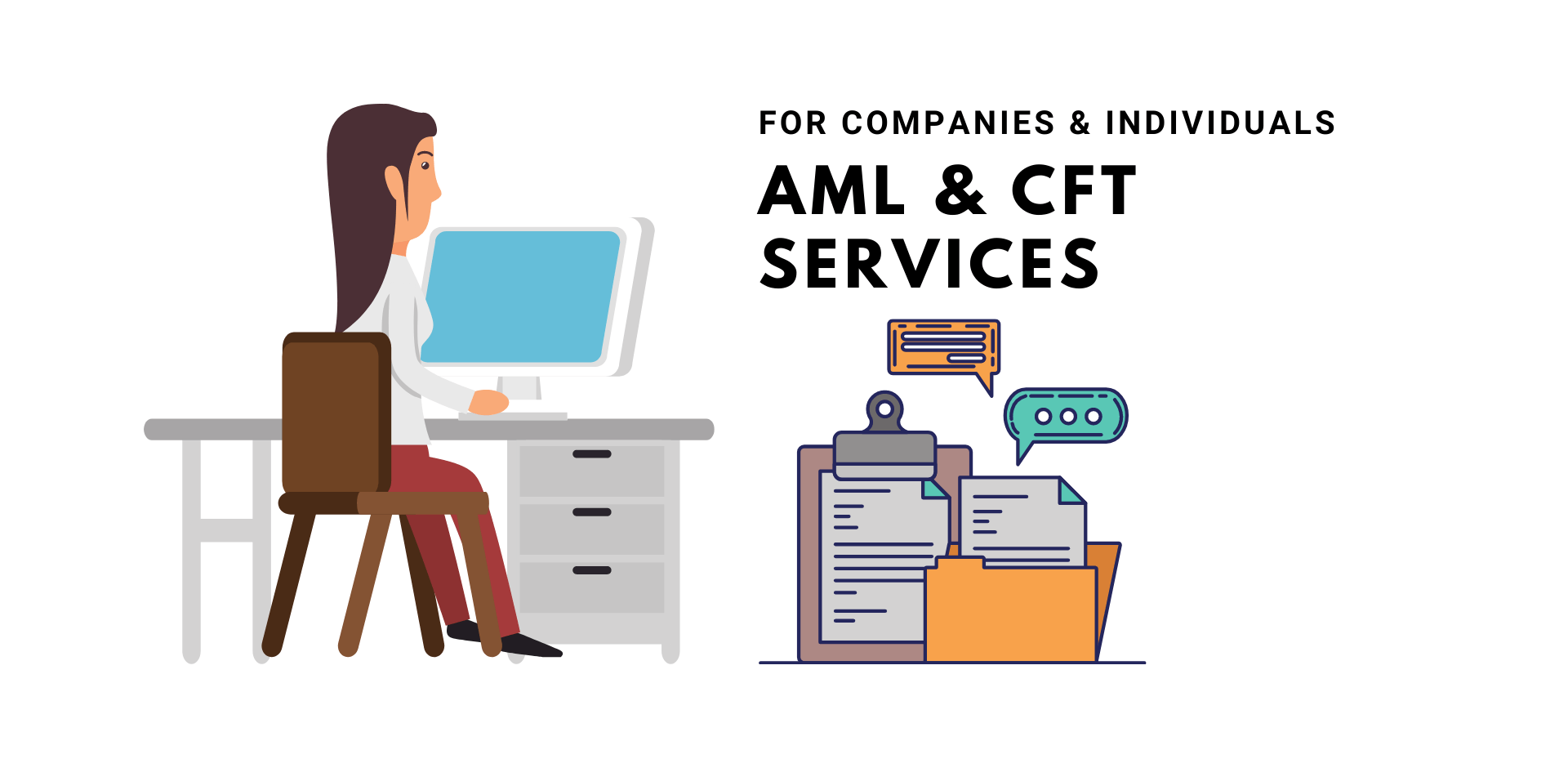Fund Information. Portfolio Asset Detail.
This article from the Fund Information section shows the purpose of the Portfolio Asset Detail section in a fund report.

Purpose
The Portfolio Asset Detail section in a fund report is designed to give Limited Partners (LPs) detailed information in both a quantitative and qualitative format on each of the fund’s current portfolio companies / assets/ funds (referred to hereafter as ‘Portfolio Investments’). The volume of information may vary depending on the size of the Fund’s investment relative to the whole fund and the number of investments in the fund, but typically each individual Portfolio Investment report should cover one or two pages. To aid effective and efficient presentation these Guidelines have divided the types of information to be presented into four key sections:
- Basic information;
- Fund’s investment;
- Trading and financial overview;
- Valuation.
Typically, such Portfolio Asset Detail reports should be presented at least annually, and preferably six-monthly, with updates on key developments, e.g. exits and new investments, included quarterly.

Basic information
Requirements
- Legal and/or trading names of Portfolio Asset, including any name changes;
- Location of head of office or management;
- Website address;
- If quoted, the ticker symbol and the number of shares held at the reporting date;
- Brief description of the industry, business, marketplace, sector, geography covered;
- Stage of initial investment (e.g. seed, venture, growth, buyout, etc. with reference to Invest Europe’s definitions of Investment Stages), for multi-strategy funds;
- Where relevant, the fund’s role in the Portfolio Asset (lead, co-lead, etc.) at the time of the first investment;
- Portfolio Asset’s reporting currency.
Additional possible disclosures
- Information on the General Partner's (GP’s) deal team members responsible for making the investment and monitoring the Portfolio Asset;
- Current stage (with reference to Invest Europe definition of stages);

Fund’s investment
Requirements
- Initial investment date;
- Total amount invested by the fund at reporting date:
– Total amount committed to investment
– Total invested since inception
– Current cost
– Realised proceeds since inception
- Fund’s current percentage ownership as at reporting date, fully diluted percentage (if different) and percentage of control (if different) and board representation (if any) by the fund;
- For new investments made during the reporting period:
– Investment thesis
– Co-sponsors (including individual percentage), where relevant
– Investment amount committed but undrawn.
Additional possible disclosures
- Breakdown of cost including allocation across equity and debt instruments, if relevant;
- For new investments made during the reporting period:
– Sources and uses of funds, including deal costs - Where relevant, number of financing rounds (including number of financing rounds overall and those where the fund has participated, if different).

Trading and financial overview
Requirements
- Historic revenue, EBITDA and net debt or other appropriate performance indicators listing comparative information from date of investment, typically in a table of performance;
- Budget or forecast revenue, EBITDA and net debt or other appropriate performance indicators for the current year, if permissible and not in conflict with regulatory requirements;
- A narrative assessment of the Portfolio Asset’s recent performance, including comparison to previous expectations, budget, prior period or original investment thesis;
- Disclosure of any significant extraordinary items including legal and regulatory compliance matters;
- Commentary on key developments in the business including:
– Key personnel changes
– Strategy changes and changes in the risk profile
– Acquisitions and disposals
– Achievements, certifications, approvals, key events - Commentary on Portfolio Asset debt, where significant/ relevant, and covenant breaches;
- Material forecast cash requirements and expected source of funding, where relevant;
- Description of environmental, social or governance risks and opportunities specifically affecting the Portfolio Asset (including ESG incidents) and measures taken by the GP to manage them, if relevant. This may include specific ESG KPIs relevant to the sector the Portfolio Assets operates in, the GP’s assessment of the ESG progress made by the portfolio company since acquisition, as well as a description of specific ESG topics, including reputational risk items and any ESG incident follow-up and resolution;
- Exit plans, where applicable and not commercially sensitive, for example timing and exit route.
Additional possible disclosures
- Key performance metrics used by the GP to monitor the investment;
- Schedule of debt maturity and information regarding significant debt covenants, if relevant.

Valuation
Valuation information should include key details on the inputs and methodology used to value each investment and any non-compliance with the IPEV Valuation Guidelines.
Requirements
Specific information on each investment should include:
- Fair value at reporting date and prior date;
- Increase/decrease in fair value during the period and explanation of the movement in valuation (e.g. improved trading performance, changes to benchmark companies and/or indices, changes to capital structure, forex movements, etc.);
- Any additional investments made during the period;
- Proceeds during the period;
- Realised gain/loss during the period;
- Specific methodology used in accordance with the IPEV Valuation Guidelines (e.g. earnings multiple, discounted cash flow);
- Interest and dividends received since inception (may be disclosed in the fund Portfolio Summary table);
- Gross IRR and multiple of invested cost (may be disclosed in the fund Portfolio Summary table);
- For partially realised investments, the percentage of the fund’s investment sold.
Where relevant:
- Explanation of changes in valuation techniques or methodologies from previous period;
- The unit price for actively traded quoted shares/investments. Where, in exceptional circumstances, a discount is applied, the basis for that discount;
- Any realisation restrictions for the investment (i.e. lock-up period on listed shares);
- Currency when the investment is denominated in a currency other than the fund’s currency and exchange rate used;
- Other exposures of the fund to the Portfolio Asset, for example follow-on funding commitments, guarantees and contingent liabilities.

Additional possible disclosures
- Disclosure of important metrics and assumptions usedto determine fair value (e.g. enterprise value, multiple, EBITDA, revenue, last round funding, comparable companies, discount rate, share price, number of shares, gross asset value, net debt);
- Breakdown of fair value allocation across equity and debt instruments.






